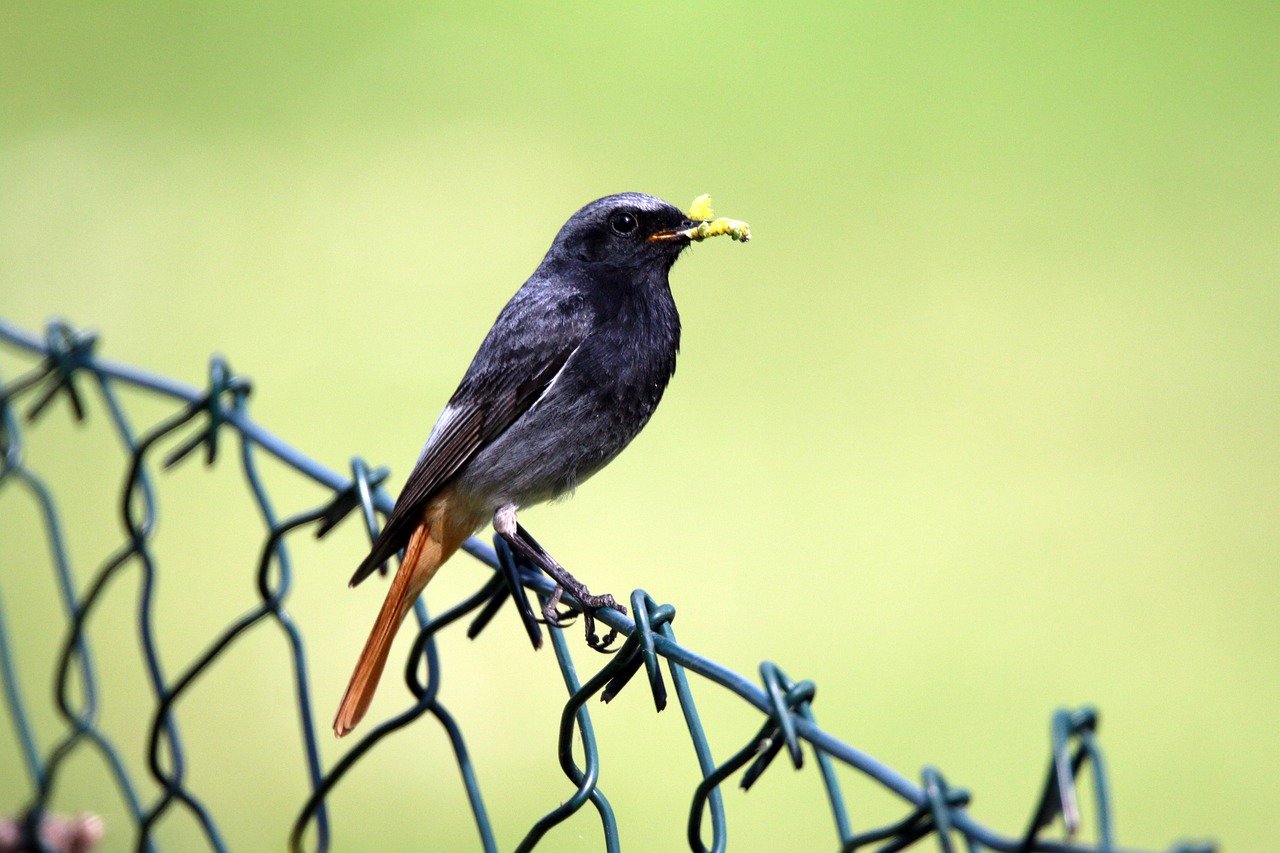Differences in territory establishment during the autumn between adult and yearling males of Black Redstart Phoenicurus ochruros on Cyprus and Crete
DOI:
https://doi.org/10.34080/os.v18.22667Keywords:
intraspecific competition, winter ecology, habitat selection, behaviour, age differencesAbstract
Competition for food and protection from predators are two important reasons for the development of winter territories. In their breeding areas, older males of several species signal their quality and possession of resources with attributes and behaviours. This can also be valid in winter quarters. This study of Black Redstart shows significant differences between adult and yearling males and also between habitats. Adult males were found solitary more frequently, they were fighting less and they were also singing more often in urban areas than in shrubland compared to yearlings. Urban areas, in comparison to shrubland, were characterised by lower individual density, higher proportion of males, more “intensive fights” and also higher singing activity from tall song perches. This indicates that territories are mainly established by adult males in urban areas. In shrubland males often appeared in groups and interacted in social behaviours with a high proportion of female-like birds. They also interacted with other species. I conclude that only the most dominant males are capable of maintaining stable territories when suitable habitats are scarce.
Downloads

Downloads
Published
How to Cite
Issue
Section
License
The copyright of each contribution belongs to the author(s), but all contributions are published under a Creative Commons license, so that anyone is free to share and reuse the contribution as long as the copyright holder is attributed.







